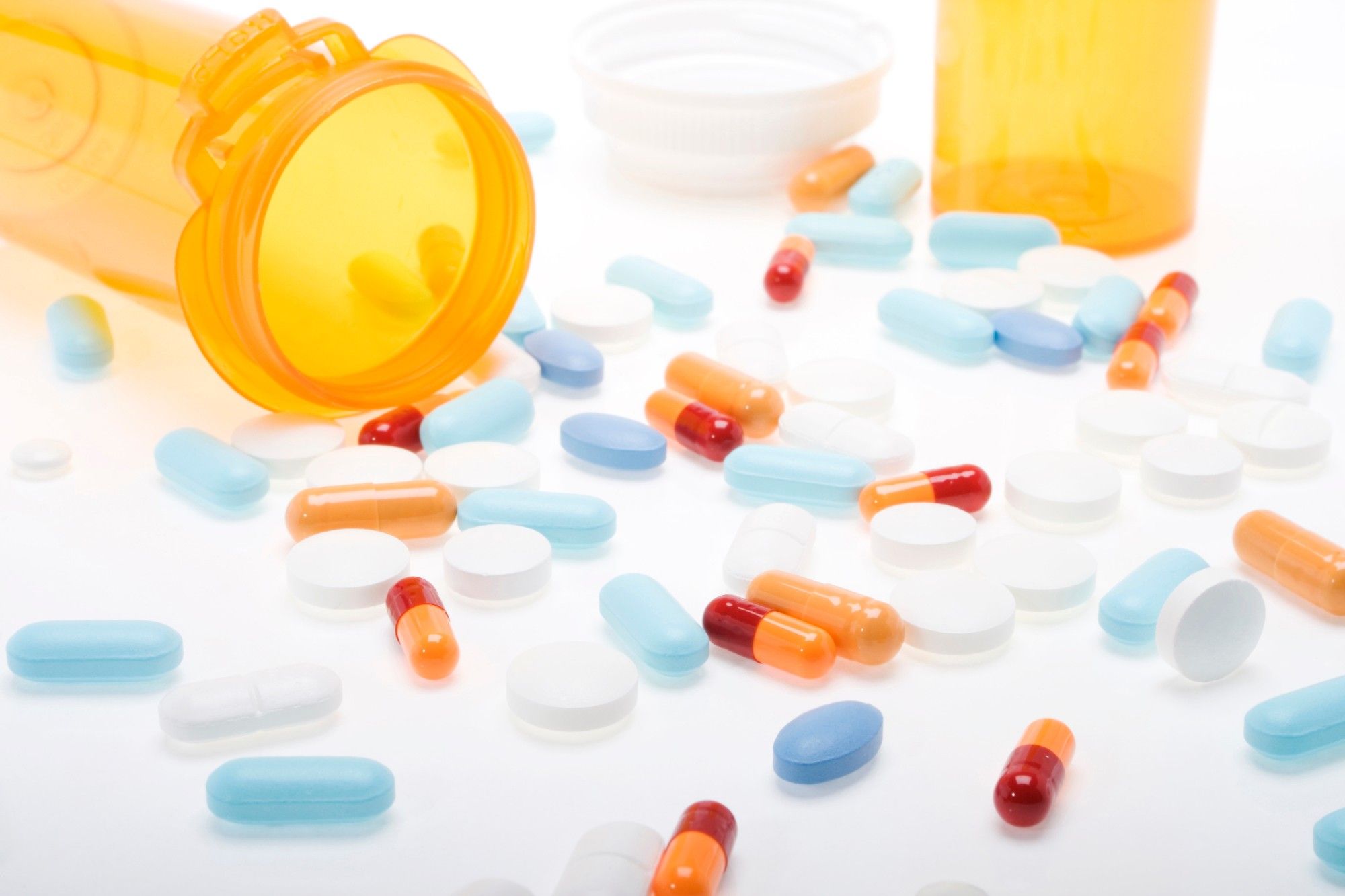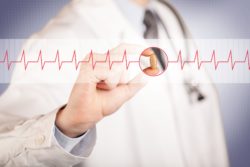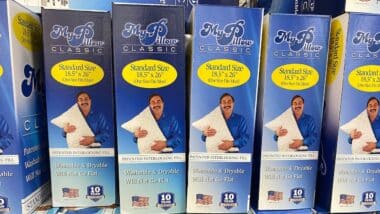
The FDA has announced several recalls of valsartan due to impurities caused by contamination of the active ingredient with a known carcinogen.
What is Valsartan?
Valsartan is a high blood pressure medication called an angiotensin receptor blockers (ARBs). These drugs help to treat high blood pressure by relaxing the blood vessels around the body. This helps blood move more easily.
Valsartan is also known by its brand name, Diovan. The drug, as well as other angiotensin receptor blockers, works by reducing the body’s reception of a chemical that causes blood vessels to narrow. This effectively dilates blood vessels, which, in turn, reduces blood pressure. This reduction in blood pressure reduces a patient’s risk of congestive heart failure, explains Medicine Net.
Valsartan was approved by the U.S. Food and Drug Administration (FDA) in December 1996 for use in both adults and children older than six.
The drug is generally used to treat high blood pressure and heart failure. It may be used to treat to prevent heart attacks, or after someone has had a heart attack, as part of a treatment plan. In the case of patients who are using the drug as post-heart attack threaten, it can reduce the risk of dying from, or being hospitalized for congestive heart failure that may occur following an initial heart attack. Valsartan may be prescribed in various doses, depending on how it is used.
Medicine Net explains that most patients see the greatest reduction in blood pressure four weeks after starting the medication.
Before concerns about possible contamination by NDMA, and valsartan recalls began, the drug seemed like a promising option for many patients, in part because most patients tolerated it well. However, as is the case with most drugs, there may be a risk of side effects — though the most common side effects reported have been mild, with more severe side effects reported much less frequently.
Why Are They Recalling Valsartan?
In the summer of 2018, the FDA announced that drug companies would be recalling valsartan medications from certain manufacturers. Similar recalls have been announced in Germany, Norway, Finland, Sweden, Hungary, the Netherlands, Austria, Ireland, Bulgaria, Italy, Spain, Portugal, Belgium, France, Poland, Croatia, Lithuania, Greece, Canada, Bosnia and Herzegovina, Bahrain, and Malta.
The recalls were prompted by concerns that the active pharmaceutical ingredient (API) in the blood pressure medication was contaminated with nitrosamine impurities. Nitrosamine impurities are environmental contaminants that can naturally be found in water and foods such as meats, dairy, and vegetables.
Unfortunately, many of these impurities are probable or suspected carcinogens. According to the FDA, nitrosamine impurities N-Nitrosodimethylamine (NDMA), N-Nitrosodiethylamine (NDEA), and N-Nitroso-N-methyl-4-aminobutyric acid (NMBA) have been found in valsartan. It is unclear the cancer risk that this contamination has caused for consumers exposed to the affected medications.
The FDA says that certain lots of valsartan may be contaminated based on the source of their API. Zhejiang Huahai Pharmaceuticals in China was the first supplier linked to the contamination. Later on, Hetero Labs of India was linked to further contamination.
The two companies supply APIs to other manufacturers who may then sell their products to repackagers. Because of the many companies involved, contamination spread to many different batches.
“Multiple generic pharmaceutical companies will buy all of their API supply for each drug from the same manufacturer, usually in batches meant to produce several weeks of supply for each medication. That means that, if there’s a problem with the production of a single batch of an API, it can ruin the whole U.S. supply of that drug for several weeks,” Dr. David Belk, an internal medicine specialist and consumer advocate, told Healthline.
Although the recall was initially limited to valsartan, it has since been expanded to include other ARBs such as losartan and irbesartan. Countless batches from numerous manufacturers have been included in the recall with a full list available on the FDA’s website.
While the cause of the NDMA valsartan contamination is currently unkown, it may be due to an issue in the manufacturing process, or caused by the degradation and breakdown of the drugs. In addition to NDMA’s possible cancer-causing qualities, overexposure to the contamination may result in side effects including nausea, vomiting, jaundice, fever, abdominal cramps, and dizziness.

What Should I Do If I Take Valsartan?
Patients who take valsartan do not need to panic. Current batches of pills can be brought back to the pharmacist and exchanged for pills from lots that have been confirmed as safe.
If patients are still concerned and want to switch to a different medication, they should consult with their doctor. Qualified medical professionals will be able to determine another treatment option, but patients should not do this without advice from a professional. Stopping blood pressure medication without medical supervision can be extremely harmful and can even have deadly side effects.
According to Canadian researchers at the Institute for Clinical Evaluative Sciences in Toronto, emergency room visits for high blood pressure and related problems have skyrocketed following the valsartan recall.
Lead researcher Cynthia Jackevicius reports a 55 percent increase in the number of people coming to emergency departments in the Ontario area due to high blood pressure. She suspects that many of these people are former valsartan users who stopped taking their medication due to the recall and fears about contamination.
Although many patients who stopped taking valsartan due to contamination concerns were able to find a replacement medication to control their high blood pressure, some were not, and may be suffering the effects of unmedicated high blood pressure.
As many as 10 percent of valsartan users who stopped taking the tainted medication were not prescribed a replacement drug within three months. If left untreated, high blood pressure may lead to serious health side effects including heart attack, heart failure, stroke, aneurysm, kidney damage, vision loss, metabolic changes, trouble with cognition and memory, and dementia.
Join a Free Valsartan Lawsuit Investigation
If you developed cancer or severe liver damage after taking valsartan, you may benefit from joining a free valsartan lawsuit investigation. Fill out the FREE form on this page for more information.
ATTORNEY ADVERTISING
Top Class Actions is a Proud Member of the American Bar Association
LEGAL INFORMATION IS NOT LEGAL ADVICE
Top Class Actions Legal Statement
©2008 – 2026 Top Class Actions® LLC
Various Trademarks held by their respective owners
This website is not intended for viewing or usage by European Union citizens.
Get Help – It’s Free
Join a Free Valsartan Lawsuit Investigation
If you qualify, an attorney will contact you to discuss the details of your potential case at no charge to you.
PLEASE NOTE: If you want to participate in this investigation, it is imperative that you reply to the law firm if they call or email you. Failing to do so may result in you not getting signed up as a client or getting you dropped as a client.
Oops! We could not locate your form.












